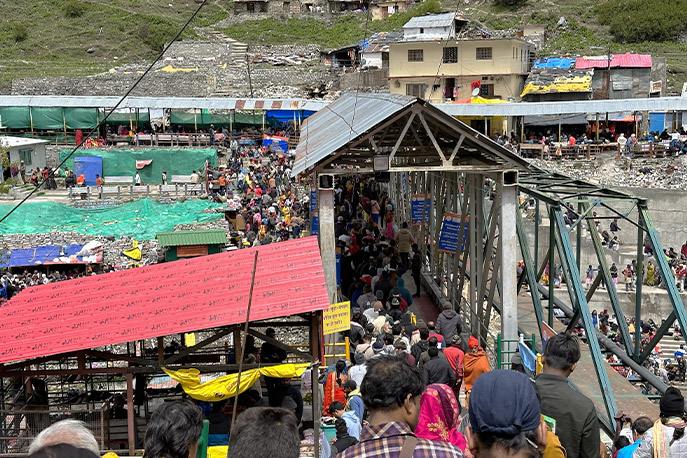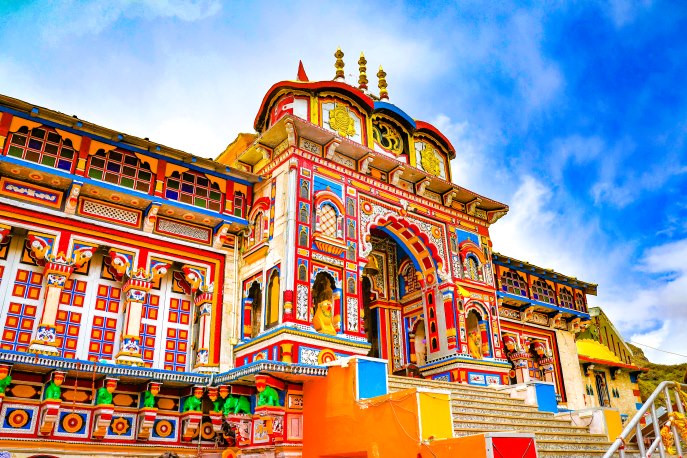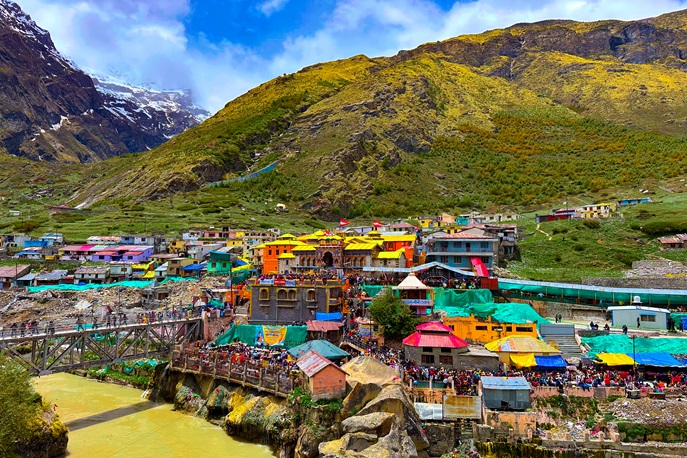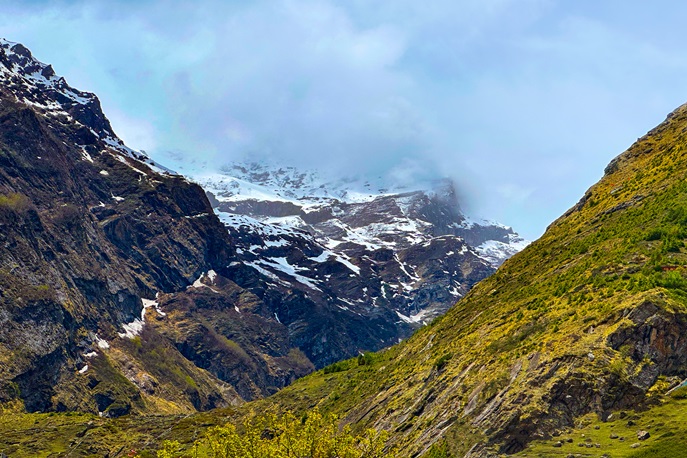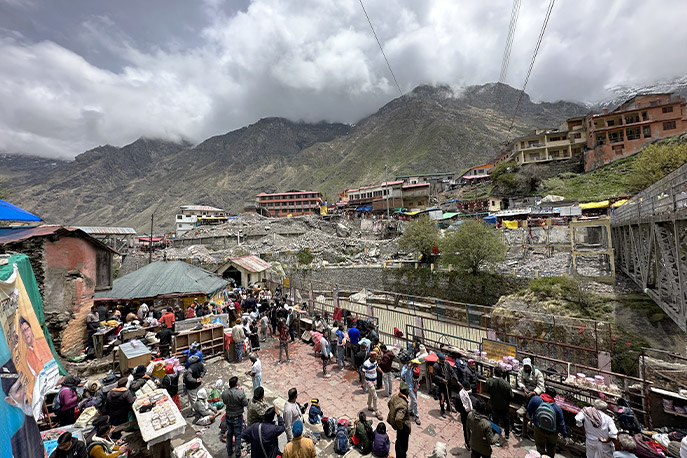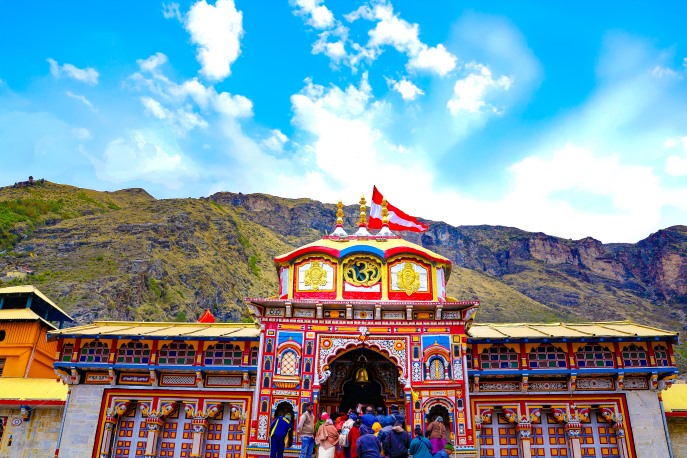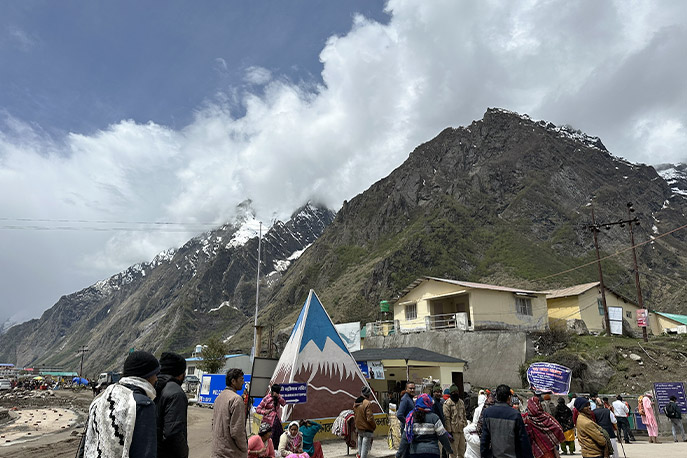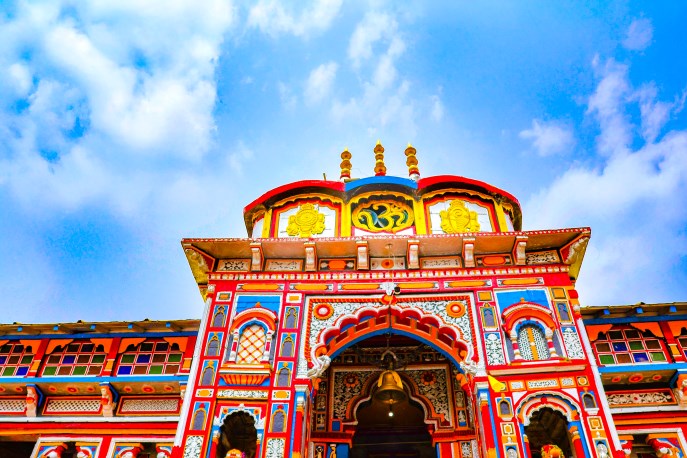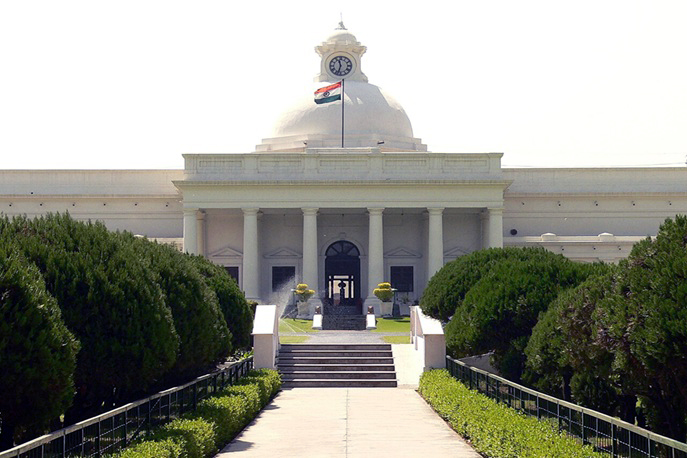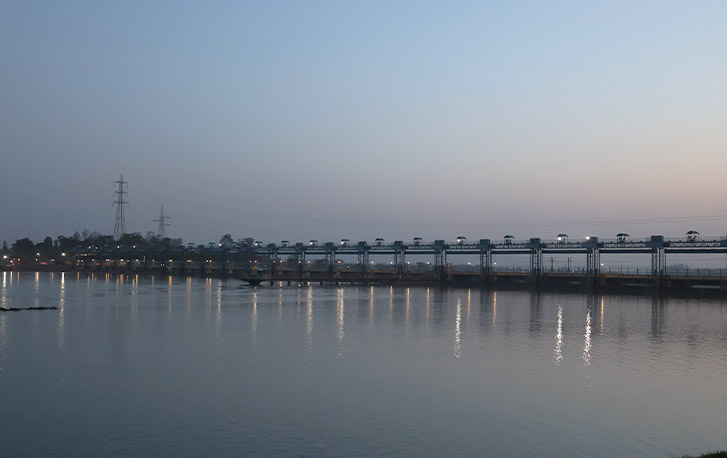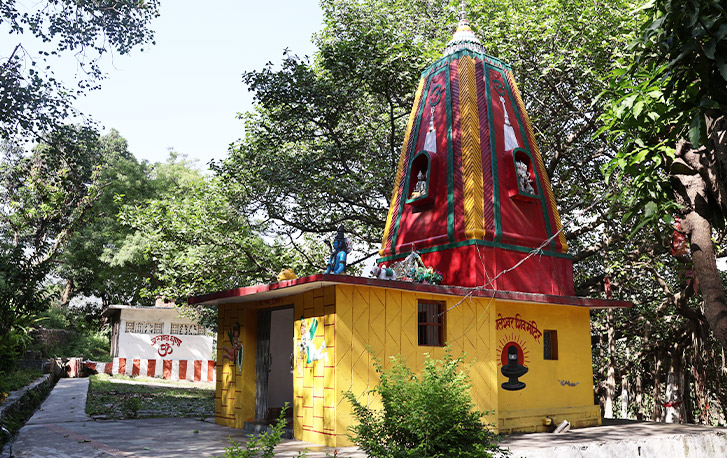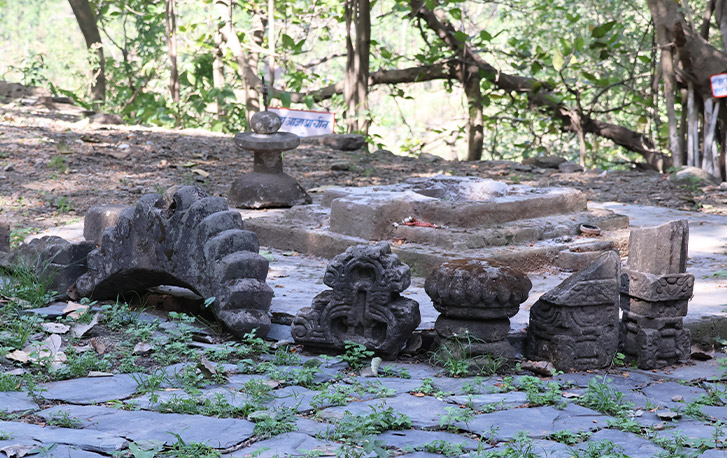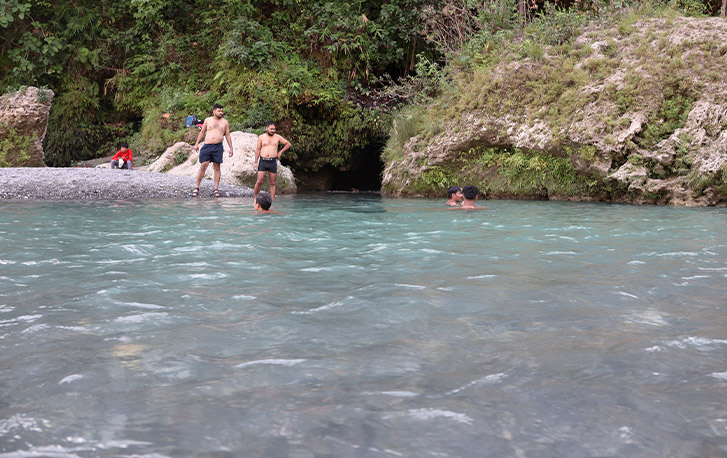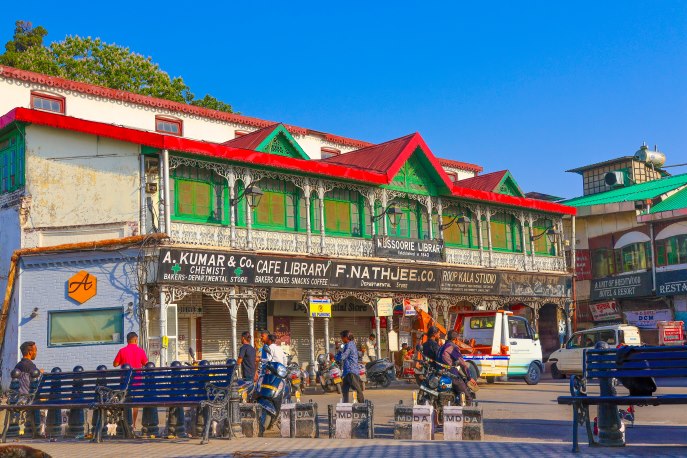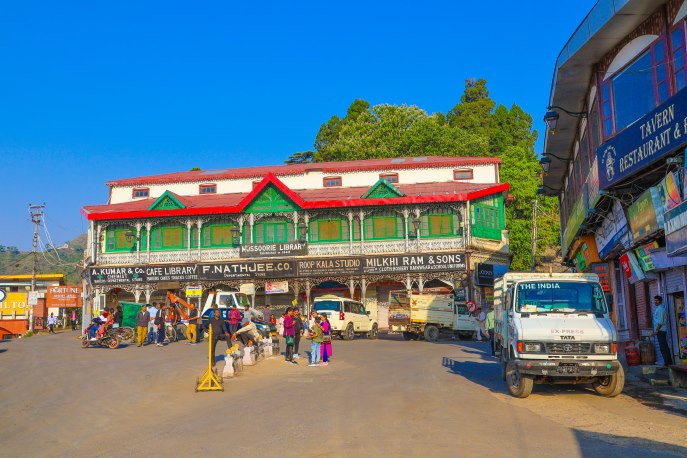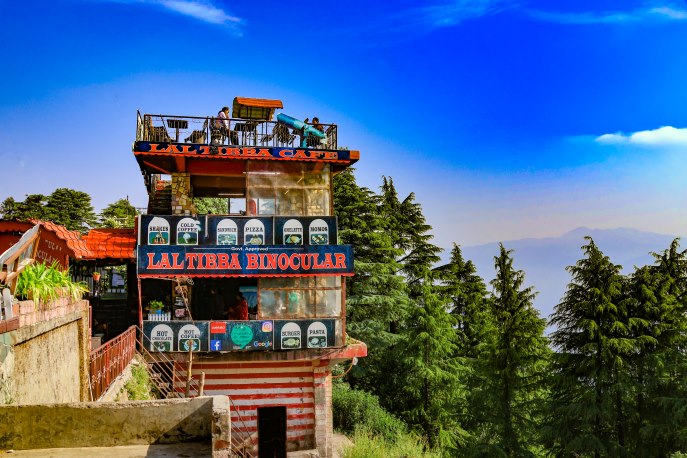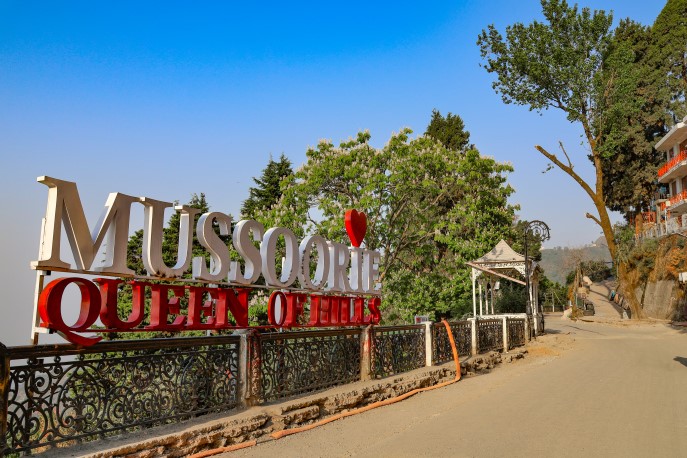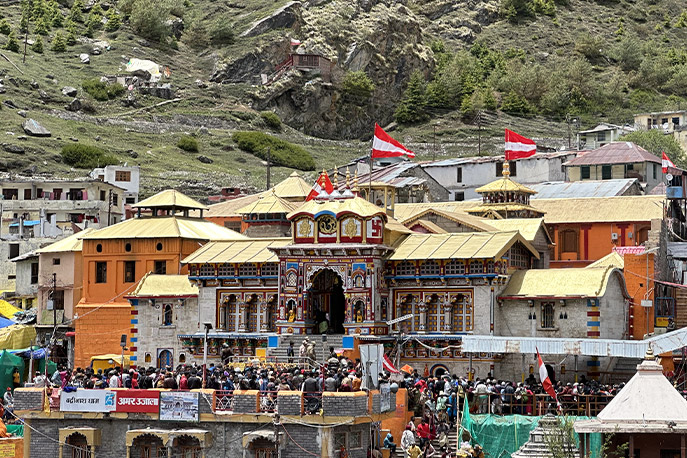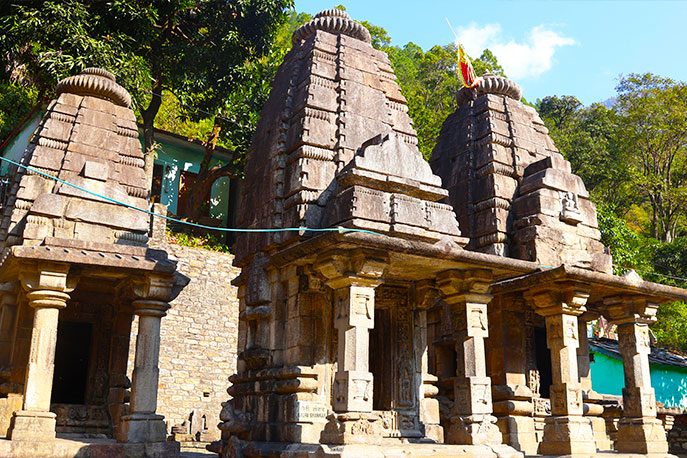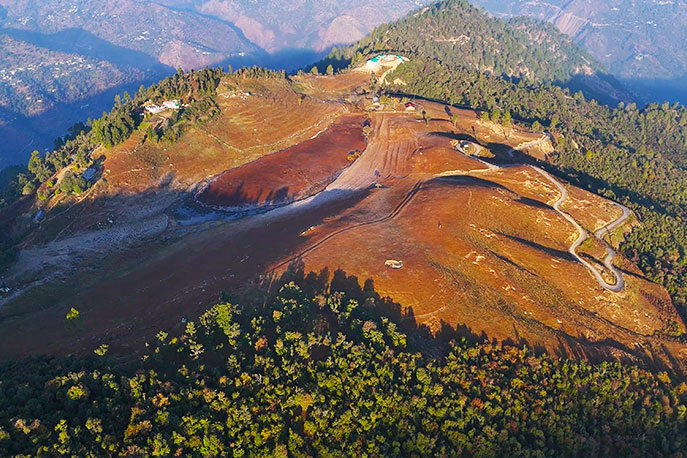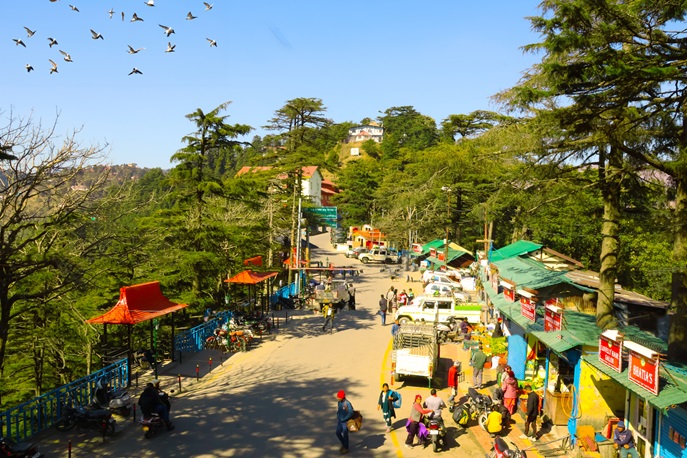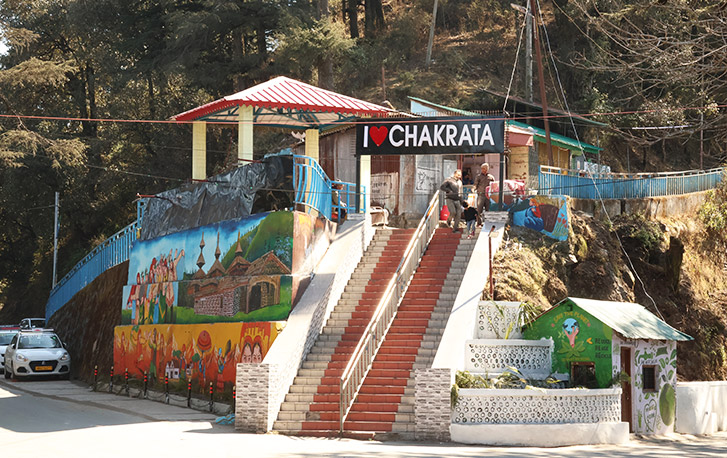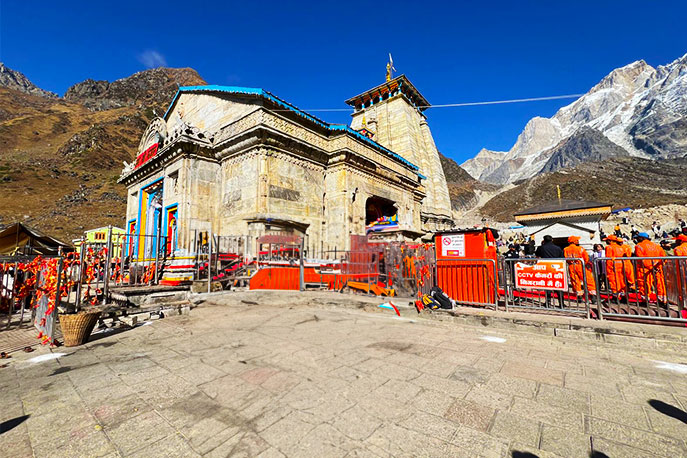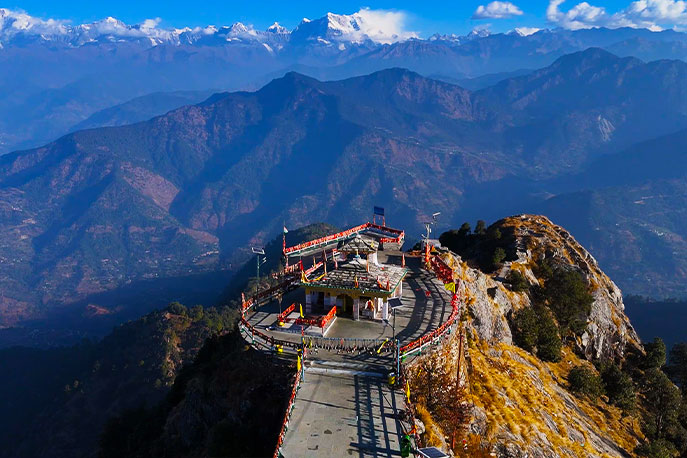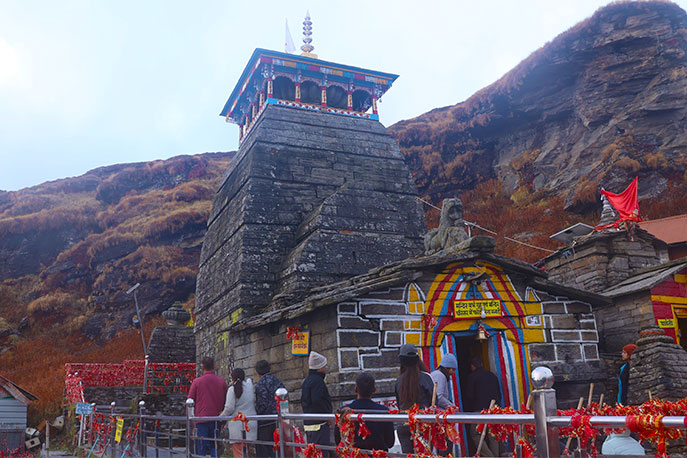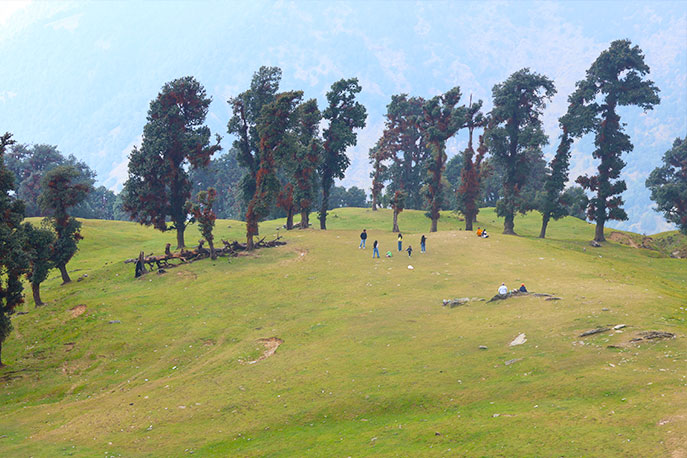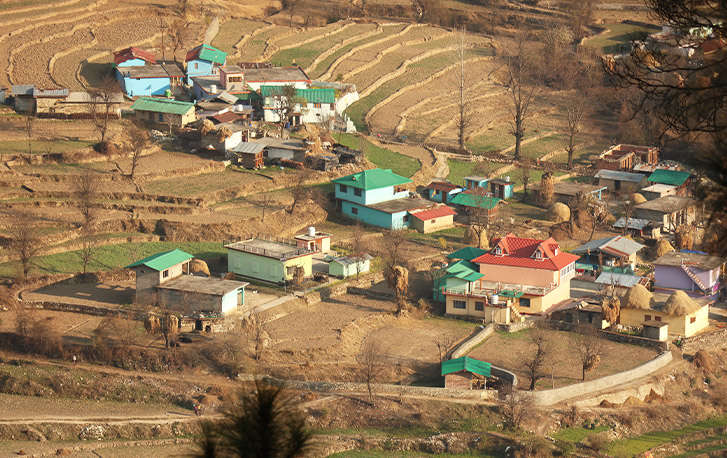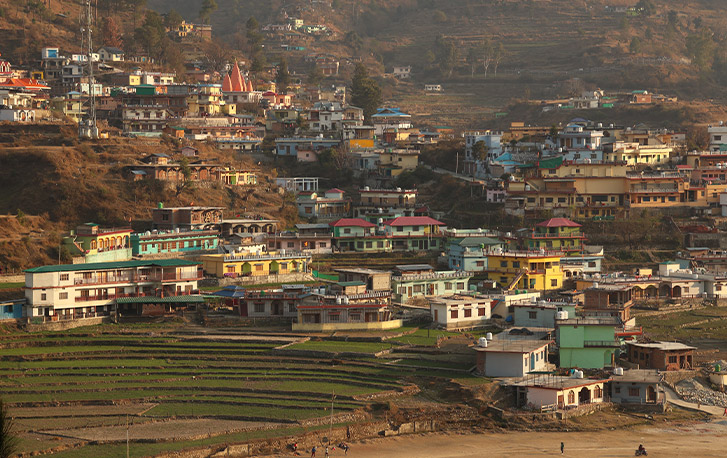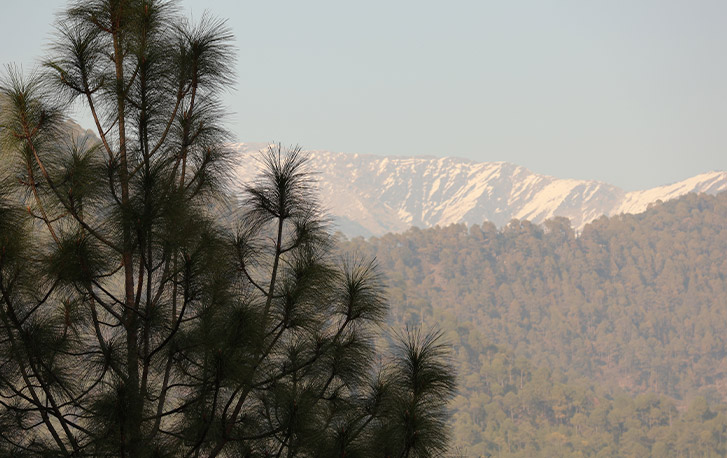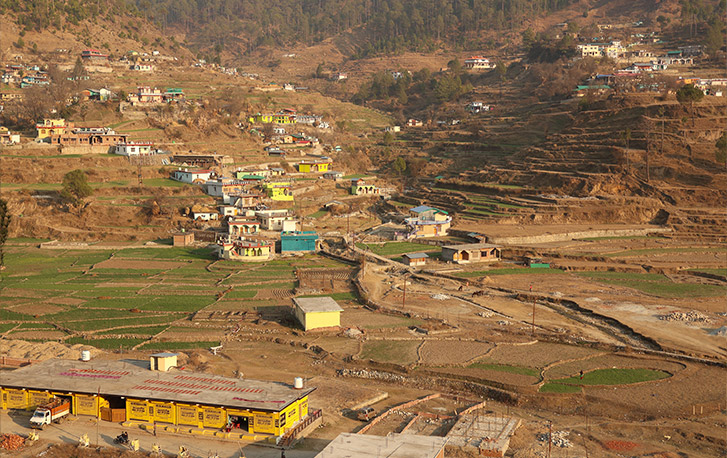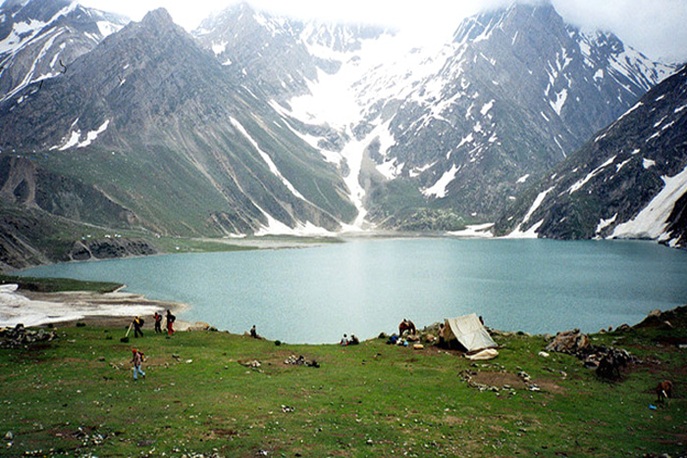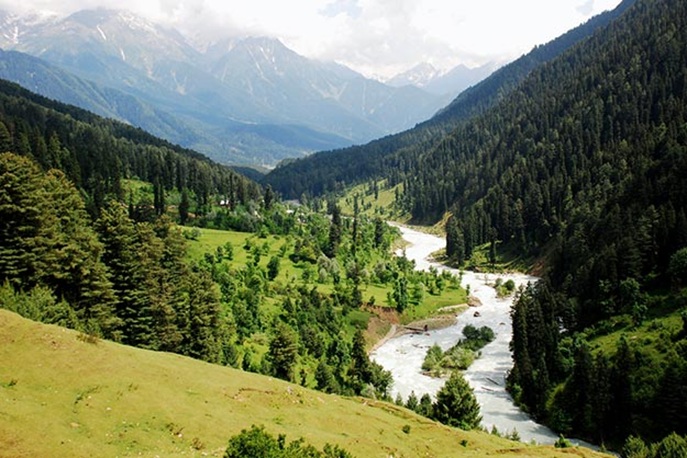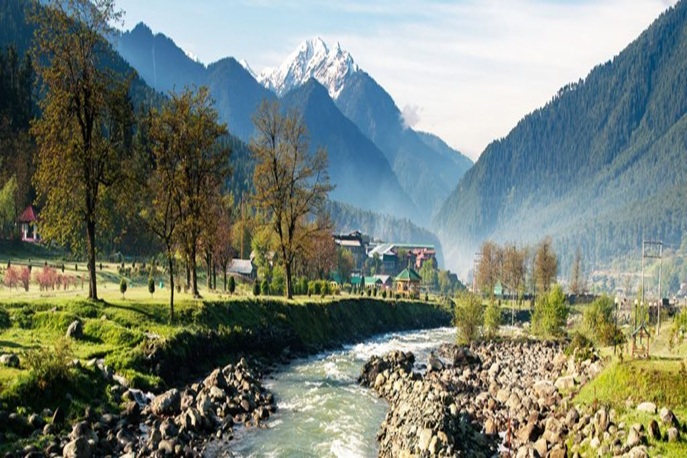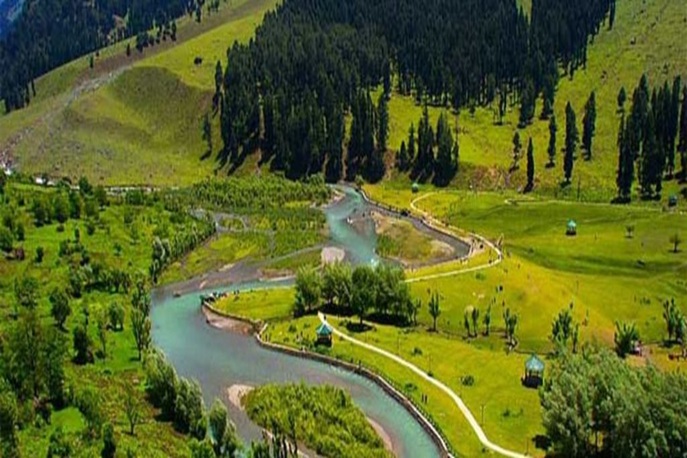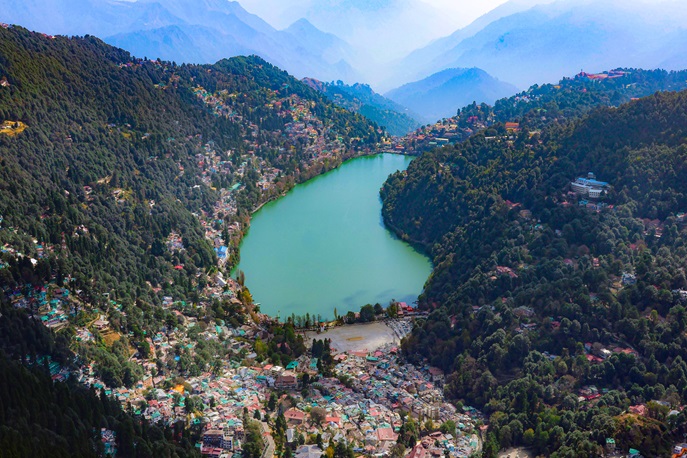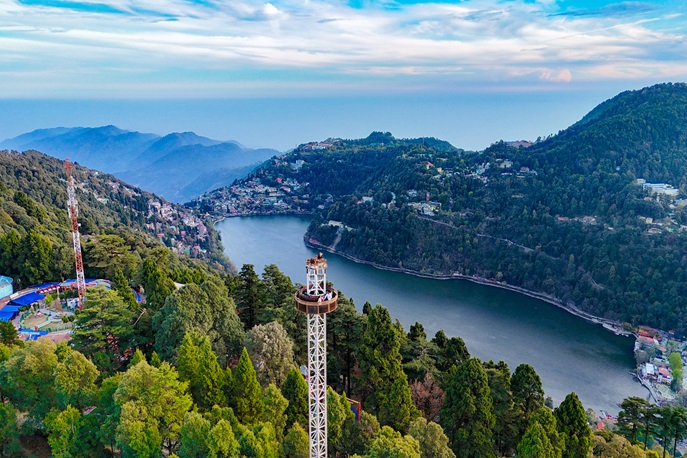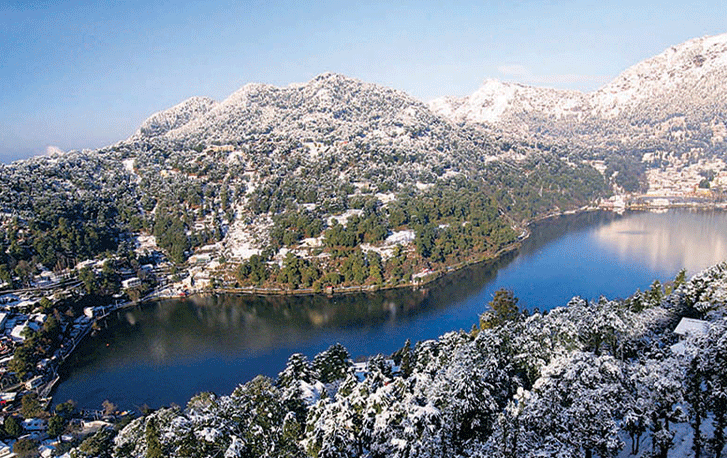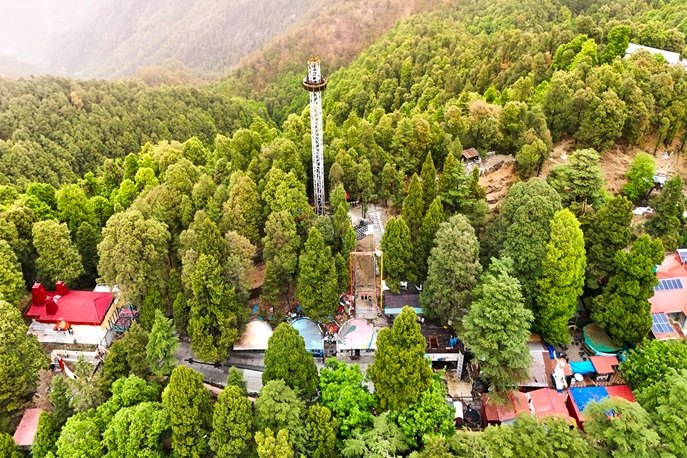Badrinath Dham
Related Video

About
One of the four revered Dhams of Uttarakhand and India, Shri Badrinath Dham is situated on the banks of Alaknanda river in Chamoli, Uttarakhand. Nestled amidst Nar and Narayan Parbat, the temple holds a profound significance, drawing a multitude of pilgrims every year. Dedicated to Lord Vishnu, the Badrinath temple is considered the Moksha Dwar in Hinduism. Apart from Badrinath temple, Dwarika Dham in Gujarat, Rameshwar Dham in Tamil Nadu, and Jagannatha Dham in Odisha are also considered the Moksha Dwar. Altogether, these four revered sites are also known as the Char Dham of India.
Badrinath Dham is the last pilgrimage site of Chota Char Dham, which is surrounded by towering snow clad mountains. The other dhams in this circuit are Yamunotri, Gangotri, and Kedarnath. The utmost tranquility and serenity of Badrinath helps devotees to connect easily with the divine. It's the devotion of pilgrims that provides them strength to stand in long queues in such extreme cold conditions. The shrine itself stands as the foremost attraction that can easily fade other nearby spots. Despite this, if time allows, visitors can also explore the Vasudhara Falls and Mana, the first village of India.
Badrinath Kapat Opening Date 2025
On the auspicious day of Basant Panchami, i.e. 2 February 2025, the Badrinath-Kedarnath Temple Committee (BKTC) officially announced the opening date of Badrinath Temple. As per the officials, the portals of Badrinath Shrine will open on May 4, 2025, at 6 AM. Following all rituals, the palanquin of Lord Narayana will be brought from its winter seat i.e. Shri Narsingh Badri Temple, located in Jyotirmath (formerly known as Joshimath).
Badrinath- Badri Vishal
As per the legend, when Lord Vishnu was engrossed in penance, Goddess Laxmi took the form of a tree (called Badri tree) to shield him from rain and heat, which is why the temple is also called as Badri Vishal. The chief priest of Badrinath Temple, called the Rawal, belongs to a Nambudiri Brahmin community from Kerala. Assigning a priest from this community is a practice that was started by Adi Shankaracharya, a Vedic scholar of Advaita Vedanta which is still in practice.
Badrinath Temple
Built by Adi Shankaracharya in the ninth century, the temple has three structures including, main sanctum (Garbhagriha), the worship hall (Darshan Mandapa), and Convention hall (Sabha Mandapa). The main shrine houses the deity Badri Narayan in the form of a Shaligram, which is approximately 1 feet in size, placed beautifully under the Badri tree with a gold canopy. Pilgrims can see the deity holding a conch (Shankh) and a Sudarshan Chakra (Wheel) in two arms, while the other two arms are positioned in Yog Mudra. The temple premises also houses other deities including Kubera, sage Narada, Nara and Narayana along with 15 other deities.
Badrinath Hot Water Spring
Visitors can find the Tapt Kund outside the main shrine, which is a group of hot Sulphur springs with divine features. Resonating its names, the water in the Tapt Kund always remains hot despite the extreme cold condition outside. Pilgrims usually take a bath in this water before visiting the shrine. It is said that the Tapt Kund is the residing place of Agni Dev, possessing various medicinal properties. The temperature of this spring is around 55 degrees, and it seems like it will burn your body, but upon entering the Kund its extreme temperature cannot be felt, which is nothing more than a miracle.
Panch Badri
According to the Vishnu Purana, Nar and Narayana, the two sons of Yama, were looking for an ideal place to set up a hermitage to spread their religion. While searching, they came across other Badri Vishal sites dedicated to Lord Vishnu, including, Yog Dhyan Badri, Bhavishya Badri, Vridha Badri, and Adi Badri. Eventually, they found a hot and cold spring near the Alaknanda river called Badri Vishal. Every year in the month of September a fair is organized by the committee at the Mata Murti temple which is devoted to the mother of twin brothers Nar and Narayana.
Badrinath Winter Seat
Perched at a height of 3,300 meters, the temperature at Badrinath always remains cold. In winters, the temple receives heavy snowfall, covering the temple in a white blanket. Heavy snowfall makes it difficult for the pilgrims to visit in summers, due to this portal remaining closed for the six months from November to April. Shri Narsingh Badri Temple, situated in Joshimath, is the winter seat of Badri Vishal, where Badri Vishal is worshiped for the rest of the six months. Then on the auspicious occasion of Akshaya Tritiya shrine portal opens for the pilgrims, drawing a number of devotees to witness the Akhand Jyoti.
Accommodation in Badrinath Dham
Devotees visiting Badrinath can find numerous accommodation option as per their budget. If visiting during off season, it will be relatively easy to find stays of your choice. However, during peak season, it is suggested to book stays in advance, as finding a suitable will be challenging. Visitors can also book their stays in Govind Ghat which is around 25 km away from Badrinath or in Joshimath.
Location and Connectivity
Badrinath Dham is located in the Chamoli District of Uttarakhand. The shrine is around 330 km from Dehradun ISBT and is well connected with the motorable road. It can be accessed easily through various transportation modes by following the route given below : -
Dehradun/Haridwar → Rishikesh → Devprayag → Srinagar → Rudraprayag → Karnaprayag → Chamoli → Pipalkoti → Helang → Joshimath → Govindghat → Pandukeshwar → Hanuman Chatti → Shri Badrinath.
Important Tips for Devotees
- Char Dham Yatra registration is mandatory before starting your journey, which can be done online and offline from the counters.
- The government has established various registration counters, which operates round the clock.
- Book your stay beforehand, especially during the peak season.
- Avoid travelling during monsoon, which bring numerous challenges like roadblock and landslides.
- In most of the places, road construction is underway, causing challenges for the drivers.
- Carry sufficient cash, as network connectivity is not great in certain places.
- State Bank of India and HDFC bank ATM are available near the temple.
- If visiting by personal vehicle, ensure you have necessary driving skills for high altitude terrain.
- Keep medical aid for emergencies.
- Before seeking blessing at Badri Vishal, visit the Narsingh Temple in Joshimath, followed by Lord Hanuman in Hanuman Chatti.
- Do carry enough woolen clothes, as the temperature remains cold throughout the season.
- Photography is prohibited inside the temple. Devotees are advised to respect the sanctity of the shrine and abide by the guidelines issued by the authority.
- Authority will verify the documents and confirm your registration at the Pipalkoti or Govind Ghat check post.
- Before heading towards the shrine, do not forget to collect a token from the counters within the premises.
- If you are able to complete your journey in one go, book your stays in Badrinath. Otherwise, you can halt near Joshimath or else as suitable.
How to Reach
By Road : - Located 286 km from Rishikesh and 330 km from Dehradun ISBT, devotees can visit Badrinath by road using public transport service offered by the Uttarakhand Government. Alternatively, private cab, shared taxi service and other private service operator are readily available. Visitors can also travel by their personal vehicles. Devotees must first reach either Dehradun, Haridwar or Rishikesh to commence their journey. Dehradun and Haridwar, provides excellent road connectivity from Delhi, Lucknow, Chandigarh, Haryana and native places.
By Rail : - If visiting from other states, then the nearest railway station is Rishikesh but Haridwar station is well connected with the major rail head across the country. Haridwar is just 25 km away from Rishikesh. Pilgrims can easily avail Shared Taxi, Bus, Private Taxi from Haridwar as per their choice.
By Air : - The nearest airport is in Jolly Grant Dehradun, which is just 16 km away from Rishikesh. Taxi services can be easily available from Airport or if you are looking for other option like bus and shared taxi then you need to visit the Rishikesh.
Best Time to Visit
The portal of Badrinath remains open for 6 months in the year from May to November. However, the optimal time to visit Badrinath is before and after monsoon. It is advisable to avoid visiting late November and early March due to heavy snowfall.
Height from Sea Level
Badrinath is located around 3,300 m, which is approximately 10,000 ft above from sea level.

